#Vagrant
Text

Black coat version
63 notes
·
View notes
Photo

Passageway
#street#lisboa#portugal#lisbon#vagrant#silnce#human#condition#dignity#slep#slepdeealer#cathedral#faith#fortitude#wait#pause#parenthesis#invisible#visible#wondering#universe#time#dream#streetphoto#bw#bwphotography#blackandwhite#50mm#streetphotobw#socialissues
31 notes
·
View notes
Text

my silly catboy oc who I love
#doodlez#Vagrant#original things#ive had him for years since high-school and recently been thinking about him more...
13 notes
·
View notes
Photo
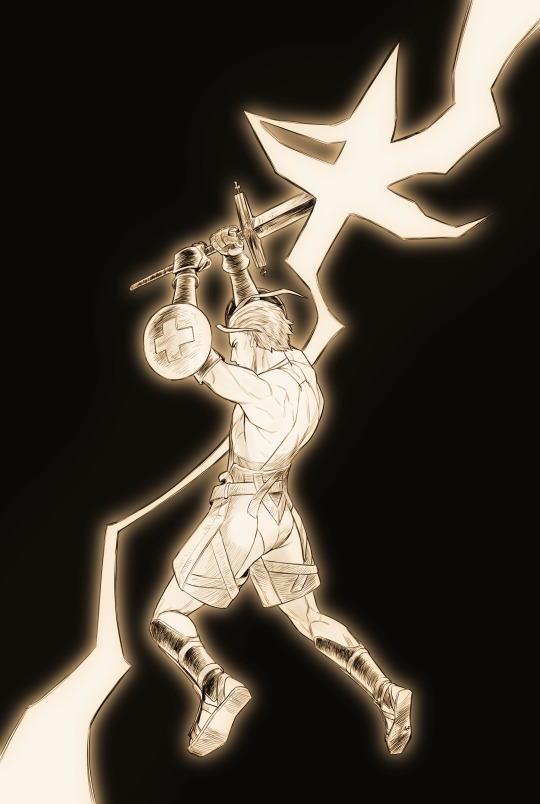
Ashley Riot
71 notes
·
View notes
Text

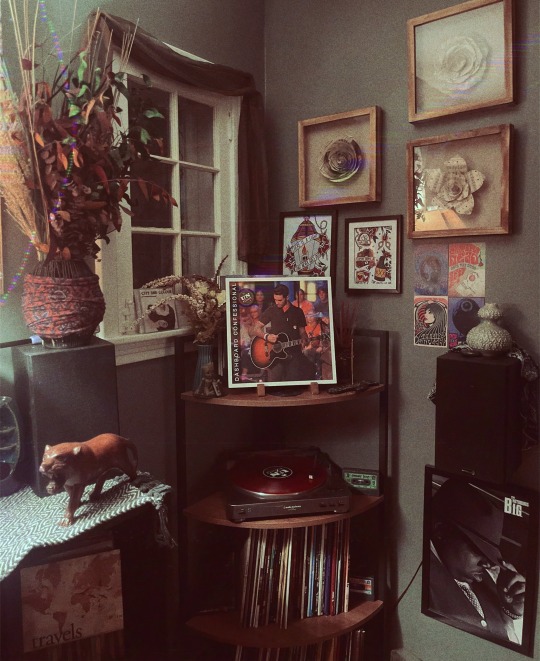
your hair, it’s everywhere
#dashboard confessional#mtv unplugged#mtv unplugged 2.0#chris carrabba#dashboard confessional vinyl#vinyl#records#my records#vagrant#vagrant records#indie rock#emo music#2000s emo#bohemian decor#bohemian home#cozy home decor#my home#eclectic home#indie records#screaming infidelities
45 notes
·
View notes
Photo

whiteboxing on a black night
82 notes
·
View notes
Text


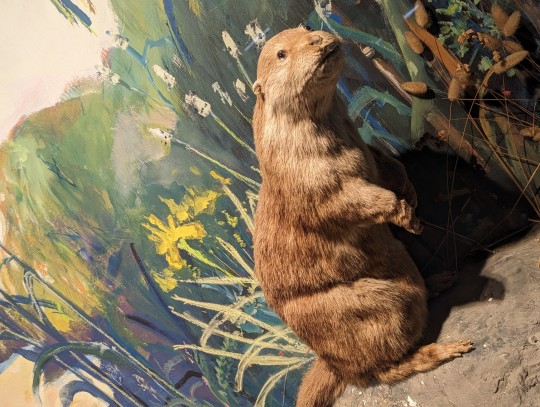

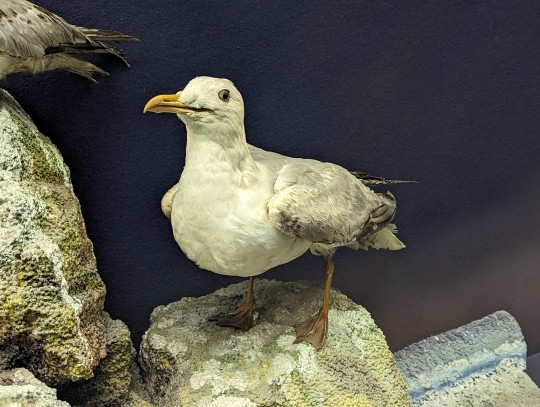





*another* taxidermy of wildly differing quality dump
#travelling#travel#vagrant#natural history museum#photography#Lisbon#Portugal#vasco da gama#aquarium#taxidermy#bad#why there eyes be like that tho
13 notes
·
View notes
Text
German hobo signs / thieves’ cant code, 1540


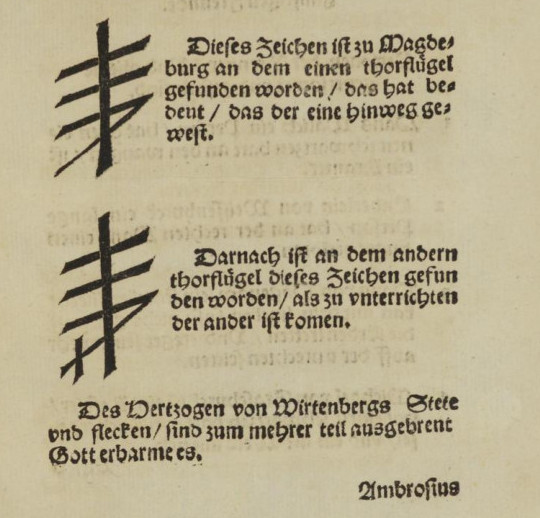

A very early depiction of hobo signs, the earliest I’ve ever seen for sure, from a little book written by a German judge somewhere in Werse (North Rhine-Westphalia today). It’s rogue literature but in the sense of “beware of rogues!”, not rogues are cool or anything. The hobo signs are called Zeichen in the book (which just means “signs”, in general), but by the 18th century they would be known by the cant term Zinken.
So who used them, exactly? Who were these rogues and vagabonds who communicated in secret code? The book calls them Brenner (literally “burners”) or Mordtbrenner (arson AND murder!), and it’s a bit above my pay grade to give you specifics with any certainty. But from what I gather, it’s a mishmash of people on the road due to their profession (tinkers, peddlers, etc), beggars, mercenaries or ex-soldiers left to their own devices, fugitives (I’m guessing that Läufer, literally “runner”, means on the lam), and various itinerant groups.
May or may not be relevant: the Yenish people, who emerged as a distinct itinerant group in Germany and neighbouring regions in the 19th century, are theorised to have “descended from members of the marginalized and vagrant poor classes of society of the early modern period”. And their language is cant-adjacent: “Yenish speakers generally speak their local German dialect, enriched by the Yeniche vocabulary, which is derived in part from Rotwelsch, with influences from Yiddish, Romani, and other minority languages of the region.” (Rotwelsch is basically the German thieves’ cant.)
The book translates the “signs and secret codes”, and also gives a list of known vagrants, which I find chilling. This isn’t a description of a criminal class, it’s criminalisation in action, of an already marginal class. The list includes names, descriptions (a lot of them have red beards, for some reason), occupations (beggar, carter, traveller, soldier), and comments like “wicked man”.
I don’t actually speak German, so if anyone wants to give it a go and translate any of this to English, it would be fantastic (for background, this may help).
Source: Der Mordtbrenner Zeichen vnd Losunge, etwa bey Dreyhundert vnd Viertzig, ausgeschickt, by Ambrosius Trota, published in 1540 in Wittenberg. You can download it as a PDF, no OCR though.
#trs#thieves' cant#hobo signs#words of the trade#theory#germany#vagrant#vagabond#a begging I will go#Rotwelsch#the ramblin' rover
96 notes
·
View notes
Text





Rosenstær (Pastor roseus)
Rosy Starling (Pastor roseus)
#Rosenstær#Pastor roseus#Pastor#Rosy starling#Stær#Starling#Sturnidae#Fugl#Bird#Aves#Vagrant#Tilfældig trækgæst#Twitch#Gurderup Kær#Sommer#Summer
12 notes
·
View notes
Text
How does every single fucking logo i make for my webcomic somehow mirror a logo from FO76 by accident




7 notes
·
View notes
Text

#art#artists on tumblr#digital art#fanart#artwork#artist#digital artwork#digital aritst#illistration#digital fanart#fear and hunger termina#fear and hunger#fear and hunger fanart#original character#vagrant#hobo#crazy#cloaked#long hair#greying#missing eye
13 notes
·
View notes
Text


Azuriel. Drawing 1: In her commissioned armor from Maltin of Stonefield.
Drawing 2: i had to mess the first up for an Erothin-sewer-escape scene, because, why the heck not. It has to do something with the prison break with Melvin... Yea... Big time.
#vynblr#nehrim#azuriel#lyana arquen#shadowgod#Tel'Imaltath#shadowborn#rogue#Nehrim: At Fate's Edge#vagrant#digitalart#myart#oc
12 notes
·
View notes
Text


Babe
I've been up all night feeling so damaged
Maybe I should spend less time with you gettin' caught up
Told myself that I'm through
Then I'm back here with you
HARA /
Hair: TRUTH / Flutter /
New! @ kustom9
Clothing: Loki - Aurelia Corset Top
Loki - Aurelia Shrug
-[ vagrant ]- Gabby Jeans
MALT /
Hair: Dura-B103-HAIR
Clothing: MACA. Fabio Shirt
Prop: hive // puff & drink
Pose: Ana Poses - Deep In My Heart 3
Scene:
New! @ kustom9
..::THOR::.. River Houseboat
[ zerkalo ] Amanda Plant Pot
4 notes
·
View notes
Text
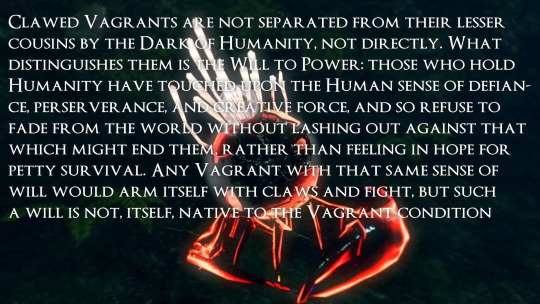
Clawed Vagrants are not separated from their lesser cousins by the Dark of Humanity, not directly. What distinguishes them is the Will to Power: those who hold Humanity have touched upon the Human sense of defiance, perseverance, and creative force, and so refuse to fade from the world without lashing out against that which might end them, rather than fleeing in hope for petty survival. Any Vagrant with that same sense of will would arm itself with claws and fight, but such a will is not, itself, native to the Vagrant condition.
Under the cut the submitter wanted to clear something up:
Note: I'm making reference here to the original ideas of Nietzsche and der Wille zur Macht (at least in as much as the idea is identical to itself), and not to any Nazi bullshit. I should think I wouldn't need to explain that, but I've been yelled at before by someone who mistakenly thought Nietzsche was some Nazi philosopher and that his work was inherently fascistic, so I'd rather cover my bases now, just in case.
13 notes
·
View notes
Photo

#l'uomo vogue#aldo fallai#tempo#star point#1982#80s#goccia#gian marco venturi#tabak#borsalino#vagrant#red devil#timberland
30 notes
·
View notes
Text
Vagrant Acrylic flowing sand standee
I finally found the words to describe this thing!
I think the monster Vagrant is very suitable for making a flowing sand standee.
Its broken face..? Reminds me of starry night...
#dark souls#acrylic#acrylic stand#flowing sand#vagrant#monster#chibi#chibi art#chibi style#Acrylic flowing sand standee
4 notes
·
View notes